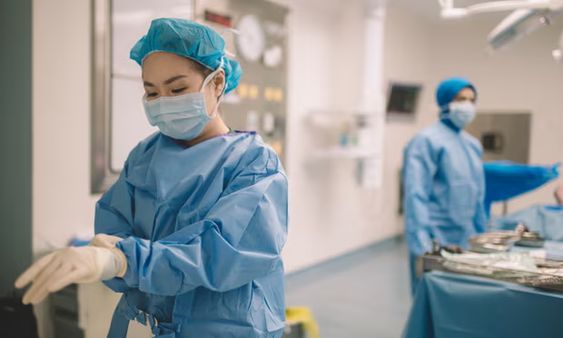Innovative technologies help the medical field and realize customized rehabilitation monitoring for patients
In the field of medical health monitoring, a breakthrough is quietly changing our understanding of disease management. DGIST (President Lee Gun-woo) recently announced that a research team led by Professor Lee Jae-hong of the Department of Robotics and Mechatronics, in collaboration with research teams from Yonsei University and Korea University, has successfully developed a new type of human implantable wireless health monitoring electronic suture system.

With the global aging population and epidemic challenges, as well as the development of sports culture, the demand for medical devices for health monitoring and disease management is growing. In particular, the increase in orthopedic injuries has put forward higher requirements for quantitative monitoring of tissue recovery during rehabilitation.
In this context, Professor Jaehong Lee's team and partners have developed a wireless human implantable strain sensor that can be remotely monitored without a separate chip or battery. This innovative sensor is implemented in the form of electronic sutures, combining the functions of medical needles and threads with the performance of electronic devices, enabling accurate health monitoring.
The electronic suturing system uses a special oil film coating technology to reduce immune response and achieve long-term stable operation. Application tests on a pig Achilles tendon rupture model showed that the wireless electronic suture could successfully quantitatively evaluate the repair performance of the Achilles tendon, providing an innovative monitoring solution for tissue recovery during rehabilitation.
Professor Jae-Hong Lee said: "By developing wireless sensor devices in the form of medical sutures commonly used in the medical field, we have brought them closer to practical application. Starting from this research, we hope to open up a new path in the field of human-embedded healthcare devices by developing a series of electronic sutures with various functions."
The research results were published on May 14 in ACS Nano, a famous international journal in the field of materials science and nanoscience, and were selected as the cover story of the journal. This research was supported by multiple projects including the Korea Medical Device Development Fund.

 English
English عربى
عربى Español
Español русский
русский 中文简体
中文简体











.jpg.png)
.jpg.png)
.jpg.png)

.jpg.png)


